Devops News
Hackernoon
244

Image Credit: Hackernoon
How to Scale AI Infrastructure With Kubernetes and Docker
- Organizations are increasingly relying on scalable and resilient AI infrastructures to meet cloud requirements.
- Kubernetes and Docker are widely used for scalable AI infrastructures due to their effectiveness.
- Scalability is crucial for handling growing workloads and data volumes in AI systems.
- Kubernetes and Docker ensure optimized performance and effective resource management for AI applications.
- Containerization plays a key role in the evolution of scalable AI infrastructure.
- Defining a Dockerfile and building a Docker image are essential steps in deploying AI models.
- Kubernetes provides orchestration features for efficient application management in containerized infrastructures.
- Horizontal and vertical scaling with Kubernetes allows for maximizing resource utilization and performance.
- Horizontal scaling involves adding replicas to handle higher workloads dynamically.
- Horizontal Pod Autoscaler (HPA) facilitates automatic scaling based on CPU or memory usage in Kubernetes.
- Vertical scaling adjusts resource requests and limits for containers in Kubernetes to provide more resources.
Read Full Article
14 Likes
Dev
372
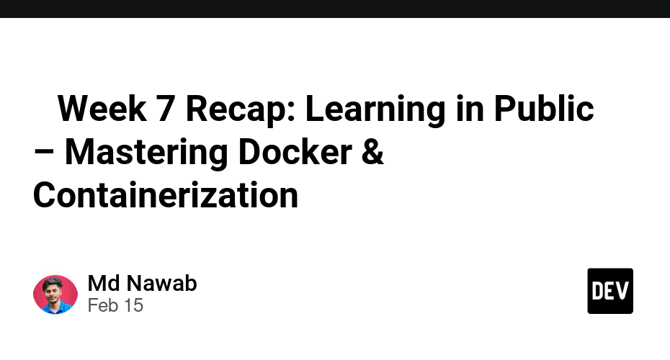
Image Credit: Dev
🚀 Week 7 Recap: Learning in Public – Mastering Docker & Containerization 🚀
- This week, I focused on Docker containerization, mastering everything from Docker setup to containerized microservices deployment.
- Key Learnings: Explored Docker containerization and core concepts, worked with Docker logs, volumes, and Dockerfiles.
- Docker Compose: Set up Docker Compose to manage multi-container applications.
- CI/CD with Docker: Integrated AWS CodeCommit, CodeBuild, CodeDeploy, and CodePipeline for seamless deployment of Dockerized microservices.
Read Full Article
22 Likes
Dev
160

Image Credit: Dev
Save Time and Money by Shifting HIPAA Compliance Checks Left with CDK-Nag
- CDK-Nag allows you to check your infrastructure before it's deployed, preventing potential issues and saving time and money.
- To use CDK-Nag, you need to install it and import and setup rules and packs in your CDK project.
- It is recommended to use the NagReportLogger provided with CDK-Nag or develop your own logger to output the issues in a structured format like JSON or CSV.
- CDK-Nag provides rule packs for NIST 800-53 rev 4, NIST 800-53 rev 5, and PCI DSS 3.2.1, with the ability to create custom rules as well.
Read Full Article
9 Likes
Medium
358

(34) Not For Sale- PESRP
- Hazrat Abu Quhafaa, the grandfather of Hazrat Asma, had become blind and believed that Abu Bakr had taken all the wealth, leaving them empty-handed.
- In an attempt to reassure her grandfather, Hazrat Asma gathered pebbles and presented them as Abu Bakr's wealth, covering them with a cloth.
- Hazrat Asma was an early follower of Islam, the daughter of Hazrat Abu Bakr, and the stepsister of Hazrat Ayesha Siddiqua.
- Hazrat Asma was known for her generosity and open-heartedness, as acknowledged by her nephew, Hazrat Abdullah bin Zubair.
Read Full Article
21 Likes
Discover more
- Programming News
- Software News
- Web Design
- Open Source News
- Databases
- Cloud News
- Product Management News
- Operating Systems News
- Agile Methodology News
- Computer Engineering
- Startup News
- Cryptocurrency News
- Technology News
- Blockchain News
- Data Science News
- AR News
- Apple News
- Cyber Security News
- Leadership News
- Gaming News
- Automobiles News
Zazz
2.3k
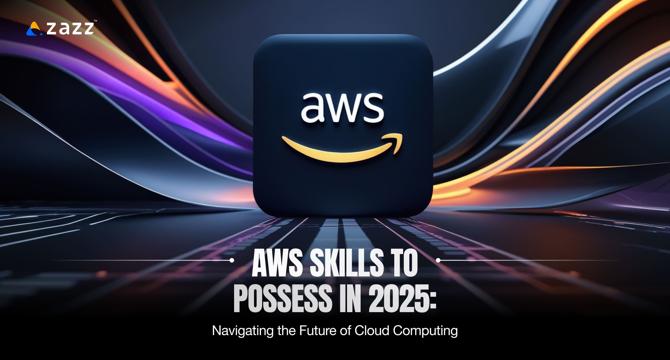
Image Credit: Zazz
AWS Skills To Possess in 2025: Navigating the Future of Cloud Computing
- As cloud computing advances in 2025, AWS remains a dominant force, demanding skilled professionals.
- Key AWS skills include cloud architecture, development, DevOps automation, and security using IAM and GuardDuty.
- Serverless computing with AWS Lambda, containerization via ECS/EKS, and networking with VPCs are crucial. Data management, big data analytics, and AI/ML with SageMaker gain importance. Cost optimization, security best practices, cloud migration, and disaster recovery are essential. Hybrid cloud expertise with AWS Outposts is valuable.
Read Full Article
16 Likes
Dev
45
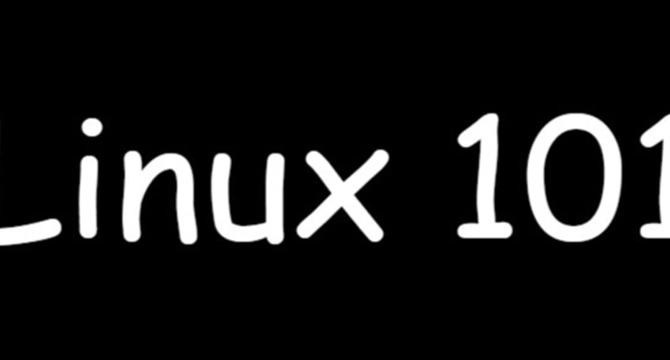
Image Credit: Dev
Linux 101: Part 2 - Understanding the Linux File System
- The Linux File System is a hierarchical structure that plays a crucial role in Linux system administration.
- The root directory (/) is where the Linux file system hierarchy starts and contains all other directories.
- Directory /bin stores essential binary files for system booting and basic tasks like ls, cp, and mv.
- /boot holds files required for booting, including the kernel and boot loader files like vmlinuz and grub/.
- /dev contains device files representing physical and software interfaces for hardware access.
- /etc stores system-wide configuration files like passwd, fstab, and network settings.
- /home holds user directories for storing personal files and configurations.
- /lib contains shared libraries essential for function of binaries in /bin and /sbin.
- /media is for mounting removable media like USB drives and CDs.
- /mnt is used for manual mounting tasks like external hard drives.
Read Full Article
2 Likes
Dev
390

Image Credit: Dev
Linux 101: Part 1 – Exploring OS Concepts, Virtualization, and the Linux Kernel
- The article introduces foundational concepts of Linux, operating systems, and virtualization in the Linux 101 series.
- An Operating System (OS) serves as an intermediary between computer hardware and users, managing resources efficiently.
- OS functions include resource, file, process management, user interface provision, and security enforcement.
- Tasks like task scheduling, memory, device, and network management, along with system monitoring, are vital for OS functioning.
- Advantages of an OS include user-friendliness, multitasking, resource optimization, security features, and hardware abstraction.
- Virtualization creates virtual instances like VMs for better resource utilization and isolation, beneficial in server and cloud environments.
- Types of virtualization include hardware virtualization with independent VMs and OS virtualization for shared kernel instances.
- A hypervisor manages virtual machines, with Type 1 running on hardware directly and Type 2 operating on top of an OS.
- Linux, an open-source OS, uses the Linux kernel to handle system operations, memory management, device drivers, and system calls.
- Linux's flexibility, stability, and support for technologies like KVM make it ideal for virtualization, commonly used in cloud platforms.
Read Full Article
23 Likes
Dev
441

Image Credit: Dev
Networking 101: Part 7
- Networking fundamentals in the cloud are crucial for DevOps engineers transitioning to cloud environments.
- Virtual Private Clouds (VPCs) in AWS provide isolated virtual networks for secure resource deployment.
- Components of AWS VPCs include IP address management, subnets for resource organization, and route tables for traffic flow control.
- Subnets in VPCs help segregate resources, with public subnets offering internet access and private subnets ensuring isolation.
- Route tables determine traffic flow within a VPC, directing traffic to specific destinations like Internet Gateways or NAT Gateways.
- Security in cloud networking is maintained through Security Groups and Network ACLs at instance and subnet levels.
- Features like Internet Gateways enable communication between VPCs and the internet, while NAT Gateways facilitate outbound access for private instances.
- VPC Peering allows secure communication between VPCs in different accounts or regions.
- Flow Logs capture network traffic data for troubleshooting and compliance purposes.
- Elastic IPs ensure static public addresses for dynamic cloud services like load balancers.
Read Full Article
26 Likes
Itrevolution
235

Image Credit: Itrevolution
My Adventure Learning About Option Value, How To Measure It, GenAI, and DORA
- Learning about option value, its measurement, and how it enhances value creation in times of high uncertainty was discussed in a two-hour session.
- An interview with Dr. Carliss Baldwin, known for her research on modularity and option value, shed light on its impact on industries like IBM and Amazon.
- The conversation delved into option value in manufacturing, hardware development, software architecture, modern development, and option value theory.
- A formula, NK/T where N is the number of modules, K is the number of experiments, and T is the time, ties together the concepts of option value and experiments in parallel.
- The role of uncertainty (σ) in determining option value was highlighted, with higher uncertainty leading to greater value in having options.
- Toyota's insight on embracing uncertainty in manufacturing and creating value from it through modular systems was discussed as a case study.
- Visualizing how N*K/T and σ interact to create option value was demonstrated as a tool for understanding value creation in uncertain environments.
- The discussion also touched on the impact of GenAI on creating new forms of option value for developers and the importance of recognizing and exploiting uncertainty to drive innovation.
- The session emphasized why options are more valuable in domains with high uncertainty, such as software/technology innovation and new product development.
- Overall, the conversation highlighted the significance of option value in driving value creation and innovation, particularly in dynamic and uncertain environments.
Read Full Article
14 Likes
Dev
340
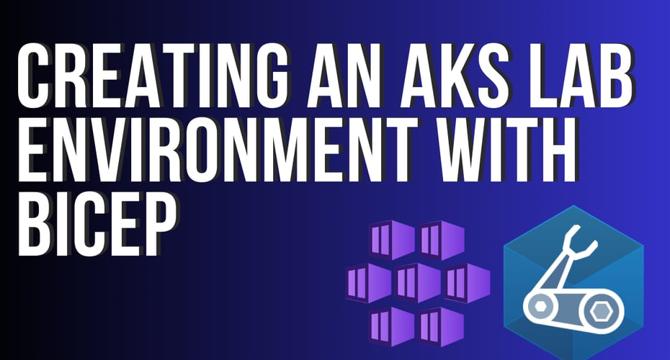
Image Credit: Dev
Creating an Azure Kubernetes Service lab environment with Bicep
- The article demonstrates how to build an Azure Kubernetes Service lab environment using Bicep, inspired by the AKS Lab provided by the AKS team.
- The tutorial covers creating resources like AKS cluster, Log Analytics, Managed Prometheus, Managed Grafana, Key Vault, Container Registry using Bicep templates.
- It emphasizes using Azure CLI for specific tasks, setting up necessary tools like AZ CLI, kubectl, bash shell, and a code editor.
- Design choices in the lab include enabling AKS Monitoring and Logging, Managed Identities and RBAC for authentication, and using Azure CNI Overlay with Cilium networking.
- The Bicep code snippets provided illustrate creating resources like Log Analytics workspace, Azure Managed Prometheus, Azure Managed Grafana, User-Assigned Managed Identity, Azure Key Vault, and Azure Container Registry.
- There is also a detailed outline on setting up the Azure Kubernetes Cluster, choosing node sizes, system vs user node pools, and configuring Availability Zones.
- The process of supplying parameter values to Bicep templates using a main.bicepparam file is explained along with deploying the lab environment using AZ CLI commands.
- Finally, deploying the AKS Store Demo App to the lab environment is covered, followed by instructions to access the application and a conclusion thanking for successfully deploying the lab environment and sample application.
Read Full Article
20 Likes
Dev
46
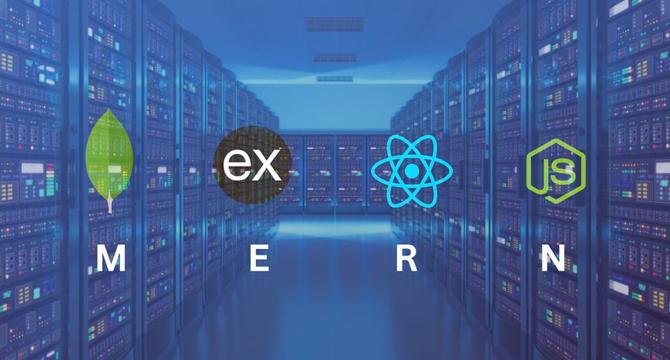
Image Credit: Dev
Production Level MERN Project: A Beginner's Guide
- Structuring the MERN Project: A well-organized codebase is essential for maintainability and scalability.
- Securing the Application: Implement best practices like using environment variables, authentication, CORS handling, validation, and rate limiting.
- Optimizing for Performance: Consider database optimization, efficient state management, lazy loading, and code compression to enhance performance.
- Logging & Monitoring: Use tools like Winston, Morgan, PM2, and Sentry/LogRocket to monitor errors and performance.
Read Full Article
2 Likes
Dev
115
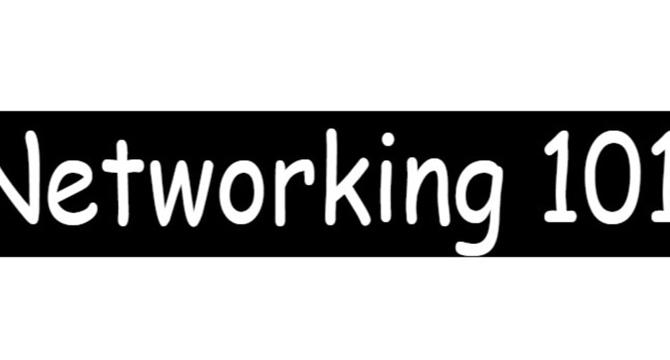
Image Credit: Dev
Networking 101: Part 6
- Network security is vital for safeguarding data and services in any infrastructure, including cloud environments, for DevOps engineers.
- DevOps practices introduce security risks, making network security crucial for maintaining private, unaltered, and available communication.
- Key objectives of network security include ensuring confidentiality, integrity, and availability of data and services.
- In DevOps, network security must be integrated at every stage of the software development lifecycle for automated, continuous security.
- Foundational concepts like firewalls, encryption, access control, and IDPS are essential in network security for DevOps teams.
- Firewalls, security groups, and ACLs are vital mechanisms in network security, each serving distinct functions for controlling traffic.
- VPN technologies and encrypted communications play a critical role in securing data in transit and ensuring privacy for remote systems and cloud environments.
- Best practices like using VPN protocols, SSL/TLS encryption, and regularly rotating keys help secure communication channels and data integrity.
- Securing network interfaces in cloud environments involves practices like using private IPs, limiting public IP access, and segmenting networks with VPCs.
- Remediation of common vulnerabilities in network security includes addressing issues like misconfigured DNS, open ports, and unencrypted traffic.
Read Full Article
6 Likes
Dev
174

Image Credit: Dev
Why CI/CD is a Bottleneck and How AI Can Help ⚙️
- CI/CD pipelines, meant to speed up development and deployment, often become setbacks due to manual setup, long build times, and complex testing steps, leading to broken workflows and inefficiencies.
- AI can enhance development workflows by improving pipelines, automating jobs, predicting failures, and managing workflows independently, transforming CI/CD into an efficient process.
- Traditional CI/CD pipelines can hinder progress due to manual setup, dependency tracking challenges, difficult testing processes, poor resource utilization, misconfigurations, and inadequate error detection.
- AI solutions offer benefits in pipeline optimization, improved observability, resource management, task automation, security enhancement, and code quality checks, streamlining and optimizing CI/CD workflows for faster, more reliable deployments.
- Microtica's Release Engineer automates deployment pipeline setup, provides real-time monitoring, auto-scaling, and enhances engineering through automation, offering a solution to simplify CI/CD workflows and improve efficiency.
- By leveraging tools like Microtica's Release Engineer, developers can ship features faster, reduce deployment issues, and maintain better security, focusing on building applications rather than managing infrastructure.
- AI-powered solutions like Microtica's Release Engineer are becoming essential for developers and teams looking to save time, work more effectively, and simplify the CI/CD process, enabling a focus on smarter, automated workflows.
- The future of CI/CD is about working smarter, not harder, with AI tools like Microtica's Release Engineer handling routine tasks, allowing developers to concentrate on application development and improvement.
- Embracing AI-powered solutions in CI/CD workflows can lead to faster work, fewer errors, and cost savings, making automation a strategic choice for efficiency and productivity.
- The article highlights the benefits of using AI to streamline CI/CD processes and introduces Microtica's Release Engineer as a pivotal tool to simplify deployments and enhance productivity.
Read Full Article
10 Likes
Medium
23

Shift-Left Testing & Controllable Tests: A Game-Changer for Software Development Lifecycle
- Dealing with external dependencies in testing is a challenge in software development.
- Shifting left and using controllable tests can help create predictable test environments and reliable results.
- Catching issues early and ensuring reliable tests help teams react faster and ship with confidence.
- Implementing shift-left testing requires planning, effort, and team alignment.
Read Full Article
1 Like
Alvinashcraft
243
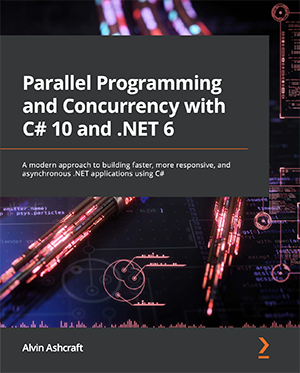
Image Credit: Alvinashcraft
Dew Drop – February 14, 2024 ❤️ (#4362)
- Announcing TypeScript 5.8 RC and new features for enhanced Razor productivity are among the top links shared.
- Web & Cloud Development updates include the launch of Interop 2025 and new features in Microsoft Edge.
- Uno Platform 5.6 released with performance enhancements, and .NET MAUI 9.0.40 received service release 4.
- In the Visual Studio & .NET section, topics cover data virtualization, weak reference pattern implementations, and keyless entity types in EF Core.
- AI-related articles discuss responsible AI culture, prompt engineering with GitHub Copilot, and using DeepSeek-R1 on Azure with JavaScript.
- Design, Methodology & Testing insights include DevOps and AI series, observability vs monitoring differences, and fostering continuous improvement mindset.
- Mobile, IoT & Game Development topics touch on building a memory game in React and Microsoft ending HoloLens development.
- Screencasts & Videos section includes content on containers, C#, testing, and WinUI layered FontIcons.
- Podcasts range from responsible AI culture discussions to ReactScan tools for identifying performance issues.
- Community & Events section highlights upcoming MySQL meetups, layoffs at Meta, and the role of male allies in empowering women in tech.
Read Full Article
14 Likes
For uninterrupted reading, download the app